Your Guide to Light Therapy for Better Energy, Sleep and Mood
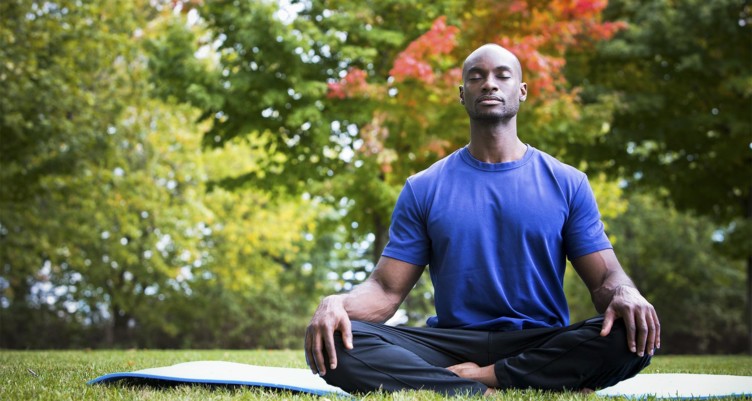
- Can sitting in front of a light box actually help you sleep better, feel more energized and even beat the winter blues? That’s the promise of light treatment like red light therapy.
- Here’s the natural way to get the benefits of light therapy: stand in the sunshine. But tough to get an adequate amount of light during the winter months and when you live somewhere that isn’t consistently sunny.
- Learn about different light therapy treatment options and when a little bit of blue light is a good thing.
Light isn’t just good for your plants—it’s also good for your cells. From red light to sunshine, light benefits your energy, skin, brain function and even sleep. The trick is getting enough of it, at the right time…especially if you live in a place where it isn’t perpetually sunny year-around. Find out how to use light therapy to your advantage, and get the details about how different wavelengths of light can actually take your sleep, recovery and mood to the next level.
What is light therapy?
Also called phototherapy or heliotherapy, light therapy refers to exposing your skin to daylight or wavelengths of artificial light. This isn’t a way to get a tan—the benefits of light therapy include better sleep, improved mood and even tissue repair, depending on the type of light.
Light therapy is often associated with different forms of treatment, like red light therapy to support collagen production and bright light therapy to support your circadian rhythm. In this guide, we’ll focus on light as a form of maintenance and make an argument for considering light a key part of your wellness routine.
Light can help (or hurt) your mitochondria
Before we talk about the benefits of light therapy, we need to talk about your cells. After all, all the good stuff starts at the cellular level.
Your mitochondria are little powerhouses that produce the cellular energy that keeps your body running, all in the form of adenosine triphosphate (ATP). The brain, heart and muscles contain some of the highest concentrations of mitochondria.[1]
When you support your mitochondria, your entire body feels the difference. (This is one of the ways energy supplements like Bulletproof KetoPrime support healthy cells.†)
As a nutrient, light plays a significant role in telling your mitochondria to do things, including when to do them. Different light frequencies trigger different signals in your cells.[2]
Let’s look at a few of the powerful ways that light interacts with your mitochondria—and how you can use light therapy to your body’s advantage. Heads up: Light therapies can actually be a form of medicine. Before you embark on light treatments, we suggest consulting with your healthcare provider to find the best fit for you.
Sunlight for vitamin D, hormone balance and more
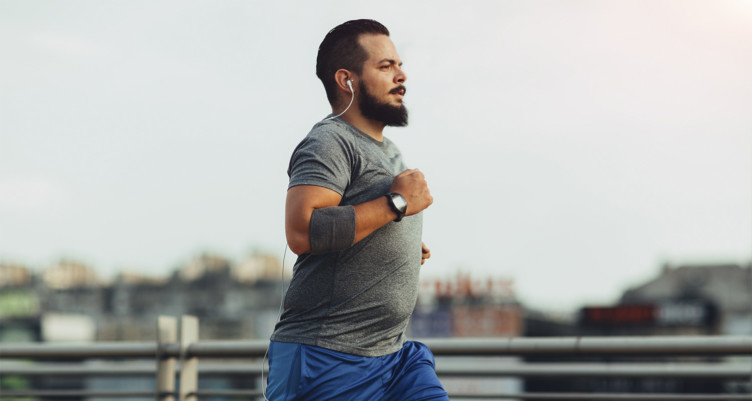
The best and most efficient form of UV light therapy out there is free and accessible to nearly everyone: the sun.
Sunshine gives you a full spectrum of light—the same light our bodies evolved with. This is different from the white LEDs and fluorescents in most buildings, which lack many of the spectrums that contribute to biological function.
Get at least 10-20 minutes of pure sunlight—without sunblock—on your bare skin every day (less time if you’re prone to burning). If possible, do this in the middle of the day, when UVB rays are the most powerful. Here are just a few reasons natural sunlight is the most important light source you can get:
Tells your body to produce vitamin D
You might already know that sunlight stimulates your body to produce vitamin D, the sunshine vitamin. Vitamin D is essential for everything from bone health to immune function.
The thing is, unless you live in the D zone or near a beach, you might not have access to reliable sunshine year-round. Even if you do live somewhere sunny, most of us aren’t getting outside enough to get the direct sunlight our bodies need to trigger vitamin D production—which is where a vitamin D supplement comes in handy.
We formulated Bulletproof Vitamins A-D-K to include complementary vitamins A, D3, K1 and K2. That means broad-spectrum support for strong bones, a strong heart and a strong you.†
Increases melanin in your eyes
Your eyes also respond to UV light, but in a totally different way. A little bit of sunlight in your eyes increases melanin—the same protein gives your skin a tan—and more melanin in the eyes affects all sorts of performance-related markers.
Scientists have discovered that melanin has the ability to convert water from your cells into free oxygen and extra electrons for your mitochondria.[3]
Supports hormonal function
Researchers at the University of San Diego found that spending time in the morning sunshine increases testosterone.[4] Testosterone is important for both men and women. It dictates your muscle tone, body composition and, yes, your sex drive. The researchers also found that bright light can trigger ovulation in women, which is controlled by the pituitary hormone they studied.
Improves blood flow
Sunlight increases nitric oxide (NO) levels in your body.[5] NO is a signaling molecule in your body that causes vasodilation, or the widening of your blood vessels. You want NO because it supports heart health and improves athletic performance and recovery.
Ever heard of beets or beet juice as a pre-workout supplement? The nitrates in beets increase blood and oxygen flow to your muscles, enhancing performance and increasing your endurance.[6]
Better blood flow means more oxygen and nutrient transport through your body and efficient removal of cellular waste.
Boosts your mood
Sunlight helps you relax and destress through the release of endorphins.[7] [8] These hormones can also help manage pain, support hormone regulation and even bolster your immune response.[9] [10] [11]
Sunlight also increases dopamine release, dopamine receptors and serotonin in your body.[12] [13] This is one of the reasons light therapy is recommended as a form of treatment for mental health conditions like seasonal affective disorder (SAD), which is associated with low levels of serotonin, dopamine and norepinephrine.[14]
The bottom line: Go outside and soak in the sunshine when you can. Aim for about 10-20 minutes daily. If you live in a place that stays pretty cold and dark in the winter, you can do this with a narrowband UVB light—more on that below.
Benefits of narrowband UVB light
You can get many of the benefits of natural, full-spectrum sunlight from a sun lamp that is high in UVB waves.
UVB (as opposed to other ultraviolet rays) causes less tissue damage and offers more biological benefits. UVB exposure can increase your vitamin D production, decrease inflammation, trigger the production of happy-making neurochemicals like dopamine and can help manage skin issues.[15] In vitro research shows that UV lamps can also kill antibiotic-resistant bacteria.[16]
Here’s how to use it: The most therapeutic wavelength of narrowband ultraviolet UVB light is 311-313 nanometers. If you have access to one, use a UVB lamp 5-10 minutes, twice per week, to get vitamin D benefits similar to sunlight.[17]
Low-level light therapy (LLLT)
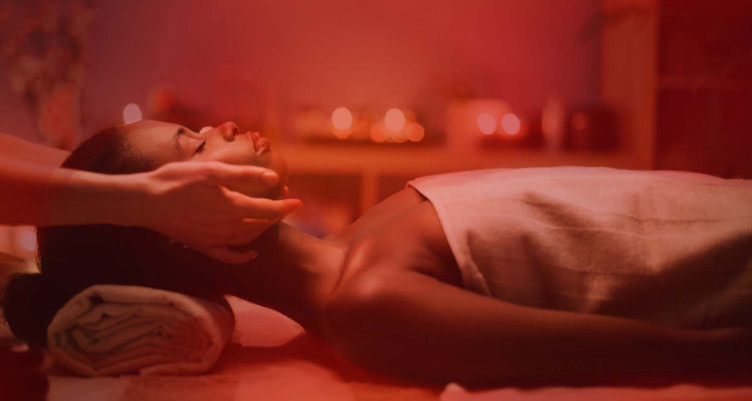
Low-level light therapy (LLLT) involves exposing your skin to low-levels of red and near infrared (NIR) light, such as with a light therapy lamp, light box or LED (light-emitting diode).
Sometimes called cold laser therapy or LED light therapy, it’s associated with some pretty impressive benefits:
- Athletes use LLLT for better athletic performance because it has been shown to increase strength and speed up muscle recovery.[18]
- It has been used to heal infections post-surgery, relieve chronic and acute pain (especially in the joints) and decrease inflammation.[19] [20] [21]
- It also contributes to healthy skin by healing scars and burns and decreasing UV damage.[22]
We’ll talk about a few specific forms of LLLT below. If you want to pursue light therapy at home, the typical recommendation for SAD is to use a 10,000 lux light therapy box about 16-24 inches from your face (per the Mayo Clinic). However, depending on your goals with light therapy, you’ll find a range of light intensities and light therapy lamps on the market today. Talk to your healthcare practitioner for medical advice and their recommendation.
Red light therapy
As a form of LLLT, red light can improve cellular health and mitochondrial efficiency, stimulate DNA and RNA synthesis, activate the lymphatic system and increase blood flow, which is good for carrying waste from the body and repairing damaged tissue.[23] [24] [25] It can even decrease inflammation and swelling, all the way down to deep tissue.[26]
Red light has been shown to trigger collagen synthesis.[27] More collagen means fewer wrinkles and, as a great side effect, younger-looking skin. (Want collagen benefits without the red light?
Red light may also stimulate hair follicle growth to reverse hair loss and even baldness. We could use some more research here, but initial results are promising.[28]
You can use red lights in a few different ways, like installing red lights in your home, and using a modular light therapy device like Joovv.
Blue light therapy
You might associate blue light with electronics—the light that interferes with your sleep after dark. Blue light therapy is different. Also called photodynamic therapy, it is an effective treatment that is commonly used to prevent and treat skin cancer and skin disorders.[29]
It’s usually an outpatient procedure that involves the application of a chemical that makes your skin more sensitive to light. Then, your skin is exposed to blue light, which reacts with the light-sensitive chemicals and creates oxygen radicals to destroy abnormal cells.
Like other forms of light therapy, blue light therapy has been used to help treat symptoms of mood disorders like seasonal affective disorder (SAD)—and research suggests it may be more effective than red light therapy.[30]
Near-infrared light
Sunlight has near-infrared (NIR) light. You can’t see NIR light, but you can feel it; you experience it as heat, and research suggests it increases mitochondrial signaling.[31]
You can get NIR light with a healthy dose of sun exposure, in incandescent bulbs (in small amounts) or with an infrared sauna.
Avoid junk light
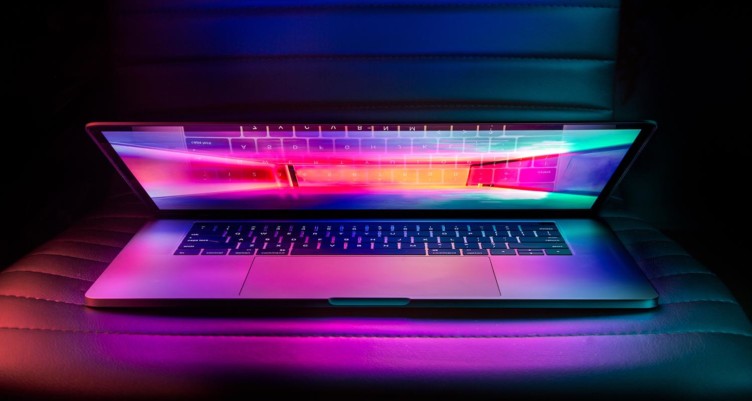
It’s time to break up with white LEDs and compact fluorescents. Newer artificial light bulbs lack many of the sun’s frequencies that our bodies and brains need. With artificial lights, we’ve eliminated most of the infrared, red and violet light found in natural sunlight. Combine artificial light bulbs with the blue light we encounter all day (and night) from electronics, and we’ve amplified the junk light beyond anything we have evolved to handle. It’s a recipe for sleep disorders and, at the very least, bad sleep.
When the eyes have to function in unnatural spectrums of light, it can stress (even damage) retinal mitochondria, slow down ATP (energy) production and increase free radical production.[32] [33]
Here’s what to do: If you don’t want to switch to candlelight and Himalayan salt lamps, swap your lights to halogen bulbs instead. And to help block blue light burnout, supplement with Bulletproof Eye Armor. It’s made with carotenoids and antioxidants to protect against eye strain and eye fatigue.†
Embrace total darkness
Darkness might not seem like light therapy, but the absence of light affects your health, too.
Your eyes have little light receptors that contain melanopsin. These sensors inside your eyes have nothing to do with seeing. Instead, they act as circadian controllers.
These guys will change your entire circadian rhythm in response to blue light—even in some blind people, which is how we know this has nothing to do with visual processing.[34] Melanopsin-containing receptors are the reason you want to avoid blue light after the sun has gone down and sleep in a completely dark room.
If you want to invest in something that will seriously change your life, invest in blackout curtains. The darker the room, the better you’ll sleep. Wearing an eye mask can also protect the melanopsin-containing receptors, but remember that your skin can also respond to light, so total darkness is better.
Related: How to Sleep Better: Science-Backed Sleep Hacks to Wake Up Ready to Go
How to optimize your day (and protect against blue light)
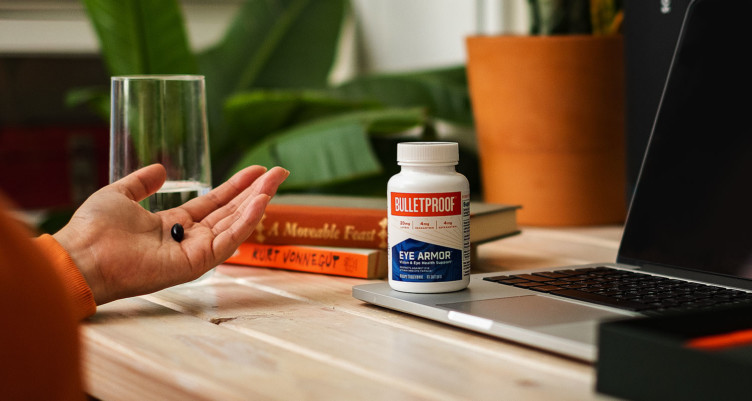
We’ve covered a lot in this guide, from why you want to get more sunshine to different forms of light therapy. When you get enough light, at the right parts of your day, you’ll feel a difference in your energy levels and mood.
Below, we’ve outlined an example of what an optimal day of light exposure looks like—from sunrise to sundown.
Morning
In the morning, you want to tell your body that it’s time to wake up. Brighter lights are best and blue light, in particular, can help shut down melatonin production and raise your energy for the day.
Sunlight is always best because of its full spectrum of light and color, but for those of us who don’t live where it’s always sunny, a normal white light is fine. Halogen lights are the most like natural sunlight, although they’re not full-spectrum.
You can also expose yourself to some brighter red lights for a few minutes in the morning for a mitochondrial boost.
During the day
Your body gets confused when you’re inside all day under artificial lighting. Artificial light is a recipe for eye strain, fatigue, and, if you’re under it after sunset, a disrupted circadian rhythm.
To prevent daytime sleepiness and keep your circadian rhythm in sync, go for a walk, take walking meetings or set up a full-spectrum light or a simple halogen light in your workspace. The trick is to dim the light slowly with the setting of the sun, so your body gets the signal that it’s no longer the middle of the day.
On the other hand, you can trick your body into thinking it’s earlier or later, depending on the brightness of the light. That’s useful if you’re pulling an all-nighter or combating jet lag. Using bright white light or blue lights in the morning when it’s still dark outside will shift your wake time earlier. Using them in the evening will shift your bedtime later.
Nighttime
This is when you want to block all the blue light you can. Blue light suppresses melatonin production, which will make it a lot harder for you to get to sleep and stay asleep.
Research associates artificial light at night with an increased risk of obesity, sleep disorders and even cancer.[35] [36] [37]
Here are a few ways to use light to support a healthy circadian rhythm:
- Turn off bright lights before bed
- Stop using compact fluorescent lights (those curly bulbs). They give off unhealthy amounts of blue spectrum and may cause eye strain
- Switch to amber or red bulbs, which have no blue spectrum
- Stop staring at bright screens for two-plus hours before bed
- Wear blue-blocking glasses if you’re looking at screens after dark
- Adjust the light on your screens to the warmer end of the color spectrum after dark (called “Night Shift” on iOS devices)
- Supplement with Bulletproof Eye Armor to support your eyes against inevitable blue light
- Black out your sleeping area with blackout curtains and covering exposed LEDs
Tired of losing sleep at night? Try these sleep supplements and practices for quality rest.
Sign up for early access to sales, product launches, the latest Bulletproof news and more!
This article has been updated with new content.



